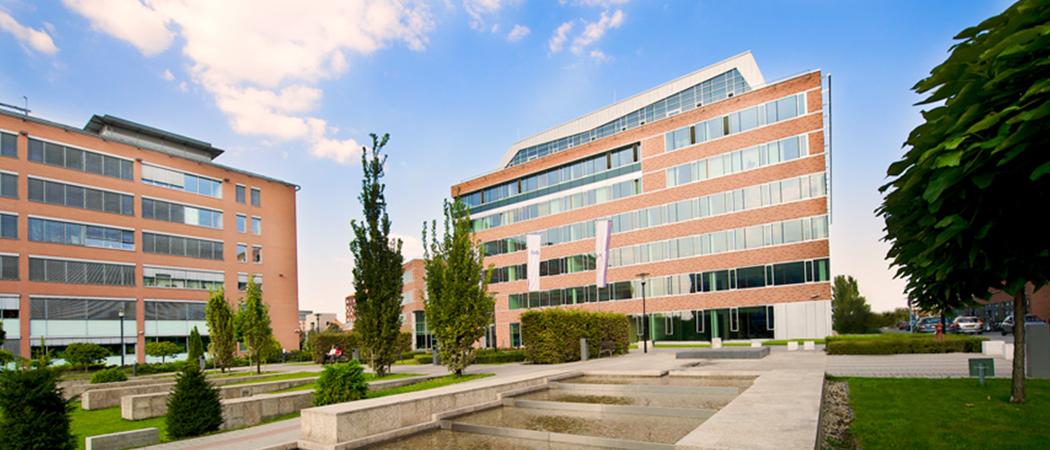Stronger focus on central and eastern Europe is a focal point of EIT’s renewed strategy

EIT headquarters in Budapest
The European Institute of Innovation and Technology (EIT) plans to set up one-stop-shops for its services across Europe’s less innovative regions, most of which lie in eastern and central Europe.
These regions are part of the Regional Innovation Scheme (RIS), where in recent years EIT has been working to strengthen local innovation capacities.
Now, it wants to maximise its presence by giving innovators easier access to training, funding, guidance on launching start-up and other services.
“The main thing we want to ensure is impact,” said Luke Incorvaja, EIT strategy officer. “We want to be seeing an increasing number of RIS country-based ventures reaching commercial success, an increasing number of students graduating from EIT programmes.”
Two pilots will be launched in Latvia and North Macedonia.
As things stand, there are 90 hubs run by the EIT’s eight (soon to be nine), knowledge and innovation communities that are scattered around the RIS countries.
In Latvia, for example, there are six or seven hubs, ranging from health to food focused ones, and its innovators may be confused about where to go to get help. In North Macedonia there are no hubs, though there is a national contact point that people can go to for support.
Under the plan, hubs representing all eight communities will be established in the two countries by the end of the year, in a bid to ensure EIT is better positioned to reach innovators looking to access EU funded services, and to guide coordination between the existing local hubs.
By the end of 2024, the EIT hopes to have these hubs all around the RIS regions.
The EU’s research programmes are known to have a problem with geographical imbalance, with most of the money going to institutions in western Europe. In Horizon 2020, the seven-year research programme that ended in 2020, only 5% of the €80 billion budget went to organisations in central and eastern Europe.
At the start, EIT had the same balance issue, with little going on east of Italy. The European Parliament introduced the Regional Innovation Scheme in 2014 to divert money and support to the east and south of Europe as part of the Horizon 2020 research programme.
Since then, EIT has rapidly increased its presence in RIS countries. Under Horizon 2020, nearly a third of its grants went to these regions, supporting ventures that have raised €2.29 billion. That’s a 600-700% increase in the level of partners and funding, Incorvaja estimates.
Under the Horizon Europe research programme, policymakers are further strengthening EIT’s focus on these regions, with new legislation requiring up to 15% of its nearly €3 billion budget to go to RIS activities.
Incorvaja told Science|Business the regional dimension will now underpin all EIT work, not just specific initiatives. “We have managed to penetrate these ecosystems pretty well, so now we can move to the next stage,” said Incorvaja. “Now, it’s more a question of how we do things, rather than new programmes. Previously, it was very much an outreach scheme.”
EIT is currently helping the European Commission draft an action plan for bridging the regional innovation gap as part of an upcoming European innovation strategy. “We are looking into how we can contribute to that and ,maximise what we can do in close collaboration with others in order to contribute to this,” said Incorvaja.





 A unique international forum for public research organisations and companies to connect their external engagement with strategic interests around their R&D system.
A unique international forum for public research organisations and companies to connect their external engagement with strategic interests around their R&D system.